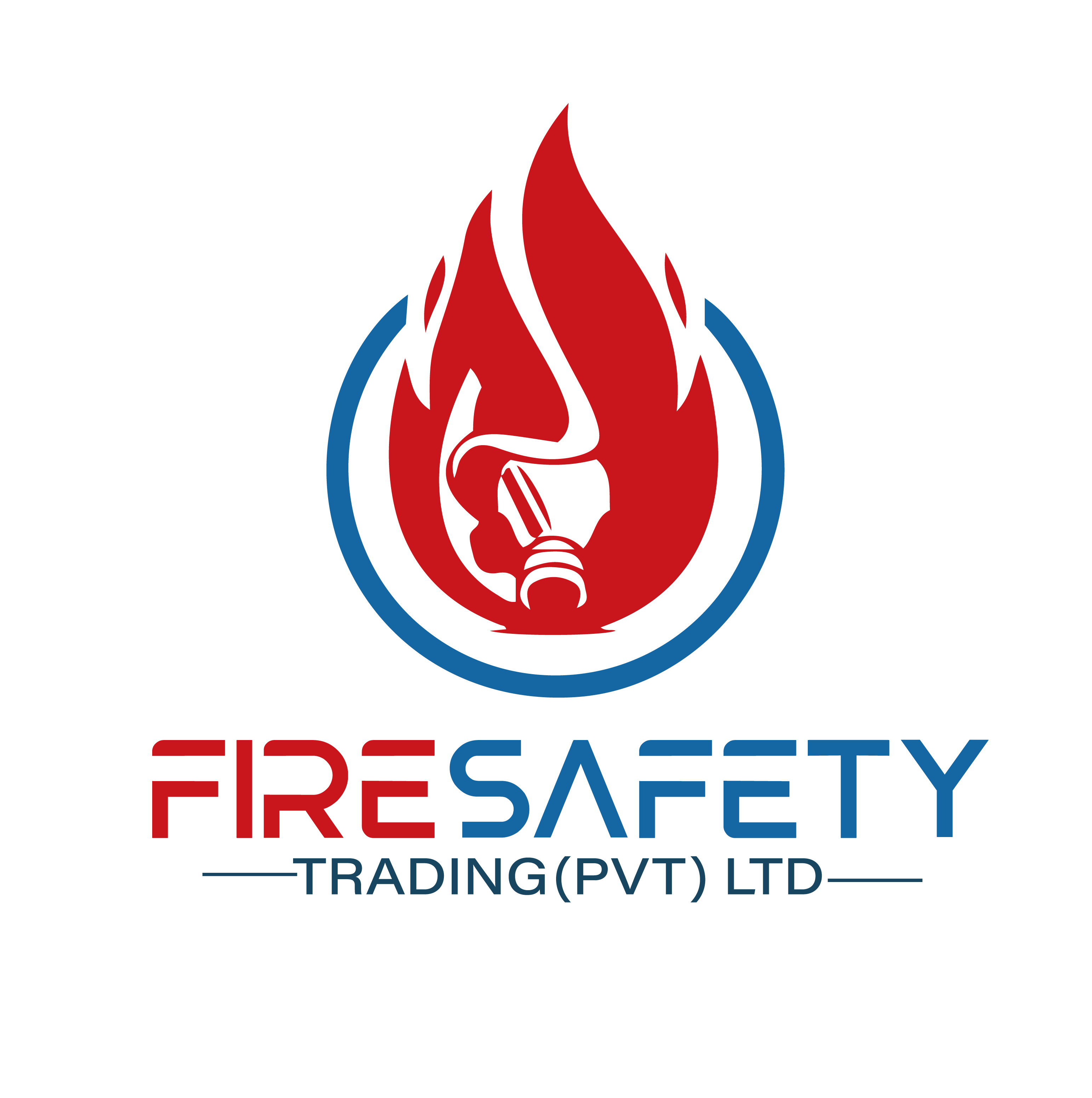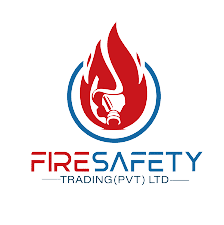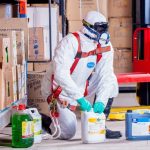Introduction:
Fire safety is a sensitive aspect of building management and design that aims to protect lives, preserve property, and ensure continuity of operations. A basic component of fire safety is understanding the distinction between fire suppression and fire protection. While often used interchangeably, these terms refer to different strategies and systems designed to reduce fire hazards. Fire suppression focuses on extinguishing or containing fires after they ignite, whereas fire protection encounters a broader range of measures aimed at preventing fires from starting and facilitating safe evacuation if they do. Recognizing the differences between these approaches is essential for implementing effective fire safety measures in any setting.
What is fire Suppression?
Fire suppression systems are designed to detect and extinguish fires, often before they can spread and cause significant damage or harm. These systems can be automatic or manual and are designed to act instantly upon detection of a fire. The main types of fire suppression systems include:
Water-based systems:
It includes systems such as sprinklers, which are among the most common and effective means of suppressing fires in buildings.
Chemical Suppressants:
The systems that use foam or dry chemicals to smother flames are particularly useful in environments where water can damage sensitive equipment.
Inert gases and clean agents:
The systems that extinguish fires by reducing oxygen levels or interrupting the chemical reactions that fuel fires are ideal for protecting high-value assets without leaving residue.
Fire suppression is critical in environments with high fire risks, such as industrial facilities, data centers, and commercial kitchens, where rapid response can prevent catastrophic losses.
What is Fire Protection?
Fire protection encompasses a comprehensive approach to fire safety, including the prevention, detection, and response to fire incidents. This broad category integrates various systems and practices, such as:
Fire Detection System:
It includes smoke detectors and heat sensors that alert occupants and building management to the presence of a fire.
Fire Alarm System:
It provides audible and visual notifications to evacuate the premises.
Emergency Lighting and Signage:
Ensuring clear evacuating paths and exits are visible even in smoke-filled conditions.
The emphasis on prevention and early detection within fire protection strategies is to minimize the risk of fire occurrence and ensure swift and safe evacuation, reducing potential injuries and fatalities.
Fire Suppression VS Fire Protection:
The main difference between fire suppression and fire protection lies in their objectives and methodologies. Fire suppression systems aim to extinguish or control fires after they have ignited, focusing on minimizing damage and loss. In contrast, fire protection seeks to prevent fires from occurring and ensures that, in the event of a fire, there are measures in place to protect occupants and facilitate their safe evacuation.
Researches and studies illustrate the application and effectiveness of both approaches. For example, in a commercial building, an integrated system that includes smoke detectors (fire protection) and automatic sprinklers (fire suppression) can significantly reduce the risk and impact of fires. Building codes and regulations often emphasize the implementation of both fire suppression and fire protection systems, emphasizing the importance of a complete fire safety strategy that combines elements of both systems.
Importance of Fire Suppression:
Fire suppression systems play a vital role in the immediate response to a fire outbreak, aiming to control or extinguish fires before they can expand and cause irreparable damage. The importance of fire suppression cannot be denied, as it directly impacts the ability to protect lives and preserve property. The main aspects of its importance include:
Rapid Response:
Fire suppression systems, such as sprinklers and gas-based suppressants, activate automatically upon detecting fire, offering an immediate response that can often control or extinguish a fire before emergency services arrive.
Minimizing Damage:
By quickly addressing the fire, suppression systems help minimize physical damage to structures and contents, potentially saving millions in repairs and lost assets.
Protecting Lives:
Most importantly, effective fire suppression systems can save lives by preventing fires from growing uncontrollably, allowing occupants more time to evacuate safely.
Business Continuity:
For businesses, minimizing fire damage is important for ensuring operations can resume as quickly as possible. Fire suppression systems help protect sensitive infrastructure and assets, reducing pauses and financial loss.
Environmental Protection:
By controlling fires more efficiently, fire suppression systems can also control the environmental impact of fires, reducing the release of pollutants and the consumption of resources needed for reconstruction.
Importance of Fire Protection:
While fire suppression focuses on dealing with fires after they start, fire protection encompasses a broader spectrum of strategies aimed at preventing fires and ensuring safety before, during, and after a fire incident. Its importance includes:
Prevention:
Fire protection measures, such as fire-resistant materials and safe electrical practices, aim to prevent fires from occurring in the first place, addressing potential hazards before they can ignite.
Early Detection:
Systems like smoke detectors and fire alarms play a crucial role in early detection, enabling quick evacuation and response that can save lives and reduce damage.
Detailed Safety:
Fire protection includes planning and implementation of evacuation routes, emergency exits, and illumination, ensuring that building occupants can safely exit the premises in the event of a fire.
Regulatory Compliance:
Adhering to fire protection standards and regulations is not only a legal requirement but also a moral and ethical responsibility to ensure the safety of individuals and property.
Community Assurance:
Effective fire protection strategies provide peace of mind to employees, residents, and the community, knowing that measures are in place to prevent and respond to fire emergencies.
Conclusion:
Understanding the difference between fire suppression and fire protection is beneficial for developing a complete fire safety strategy. While fire suppression systems play a critical role in controlling and extinguishing fires, fire protection measures are equally important for preventing fires and ensuring the safety of occupants. Integrating both approaches offers the most effective means of protecting lives and property against the threat of fire. It’s a collective effort that requires careful planning, implementation, and periodic maintenance to ensure the highest standards of fire safety.
Fire Safety Trading (Pvt) ltd:
We are well aware of the fact that how much safety and protection matters. We have years of experience in providing fire suppression systems and fire protection systems. Our company is affiliated with name worthy brands and imports their brands to make them available in Pakistan to our valued customers.
Our team of experts can install, maintain, and inspect your equipment in the right manner. They are highly knowledgeable and equipped with accurate tools. We offer reasonable prices for the equipment. If you are looking for Fire Suppression and Fire Protection Equipment at reasonable prices in Pakistan, contact us, we are available online and in-stores.





